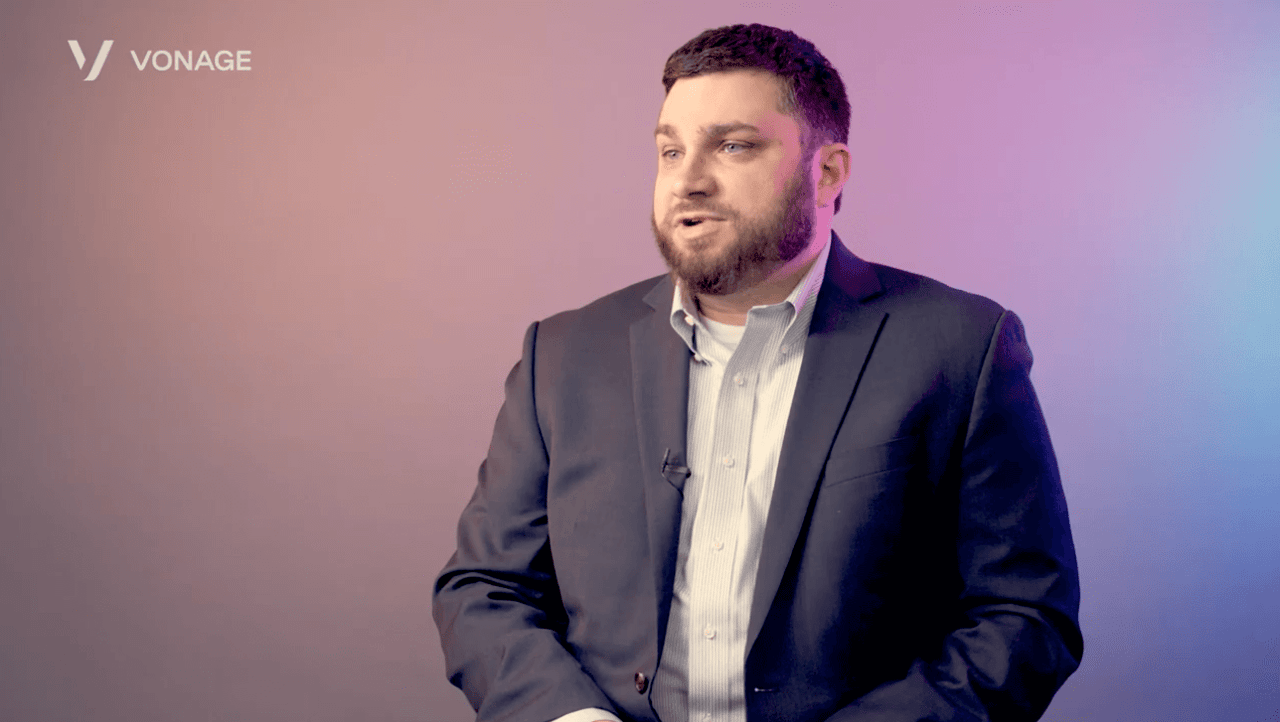Vertafore Uses Vonage Omni-Channel to Revolutionise Contact Centre
Vertafore is a company that provides software services to the insurance market and has been a strong performer for years with great market share, healthy revenues and high customer satisfaction scores. But it took Vonage Omni-Channel Integration to bring them to the next level of success.

Vonage Solutions and Features
Challenge
For customer support, Vertafore needed shorter hold times, a better overall experience and more ways to get in touch.Solution
Vonage Contact Center for Salesforce with Omni-Channel IntegrationResults
Increased customer satisfaction scores: 8.7 to 9.2 (out of 10); expanded omni-channel presence, increasing chat instances from 1,000 per quarter to 4,000, while lowering headcount by 20%; average hold time reduced by 125 seconds
When Status Quo is not Good Enough
Vertafore, a company that provides software services to the insurance market, has been a strong performer for years: they’ve consistently held significant market share, revenues have been healthy and customer satisfaction scores have regularly come in at a solid 8.7 out of 10.
When Steve Cox joined Vertafore as VP of customer support, he was tasked with taking the customer experience to the next level. “The status quo wasn’t going to be enough,” Cox says. “So the first thing I did was send customer surveys to see where we could improve. What better way to know what your customers want than by just asking them?”
The customer surveys revealed three key takeaways:
1. Customers overwhelmingly felt that hold times were too high. At a harsh 160 seconds, average hold times were eroding overall customer satisfaction.
2. Customer satisfaction (CSAT) ratings had significant room for growth. Even though Vertafore’s CSATs outperformed industry benchmarks, there was room for improvement.
3. Customers desired more access to chat. Vertafore had a modest chat system in place, but back-end processes made it difficult to satisfy customer inquiries via chat in a timely manner.
Accordingly, Cox and his team sketched out three objectives to target these issues head-on. Over the next several months, the customer support team had a mantra: reduce call times, raise CSATs and expand omni-channel. The team achieved all three, and Vonage was central to their success.
Reducing Hold Times
When Cox joined Vertafore, customers had to wait nearly three minutes before reaching a live agent, despite a fully staffed call centre. When Cox and his team started crunching the numbers, it became clear it was a matter of misallocated resources. “We took a hard look at the data from Vonage to understand our agent availability,” Cox says. “We could see that the reps trained on our most popular products, were almost always busy. But our reps trained on our lesser-utilised products had much more free time.”
To address this, the team began to cross-train their reps to help on products with high hold times. By allocating manpower where it was in demand, hold times plummeted. In a single quarter, they fell by a full minute. Over the course of Cox’s 10-month tenure, hold times experienced a fourfold improvement, now hovering between 35 and 40 seconds. And in the process, Cox discovered his team was actually overstaffed. He was able to move some reps to other teams, reducing the customer service headcount by about 20 per cent.
“It's all about using data and insights to understand where we were heavily underutilised and where we were having resource challenges,” he says. “With the right data, it all seemed kind of logical.”
Raising CSATs
The second key initiative focused on customer satisfaction. Vertafore’s CSAT scores averaged an impressive 8.7 out of 10 when Cox started, but he knew there was room for improvement. To motivate reps on the front line, the team launched a gamification programme to focus reps’ attention squarely on customer satisfaction. They installed TV screens throughout the office displaying customer satisfaction scores. Quarterly winners would receive $2,500 and a day off. Annual winners would get $5,000.
“Over the months, we've seen a huge improvement. We continue to edge upward quarter by quarter. In four quarters, we’re now tracking toward 9.2,” Cox says. “And we couldn’t properly run the gamification programme without Vonage data.”
Vonage Contact Center also allows managers to listen to calls via the whisper feature, so they can train reps on specific skills that will help them raise their scores. “We buddy-up people at the bottom of the leaderboard with the high achievers to mentor them. Now they can drive the business forward,” he says.
Expanding Omni-channel
The Vertafore team’s final objective was around omni-channel—specifically, expanding customer access to chat. Vertafore’s omni-channel capabilities included a customer portal, phone lines, email, and chat. But chat wasn’t getting the attention it deserved.
“In the past, one of our biggest challenges was determining staffing needs for web chat and phone calls as those functions could not be performed simultaneously by the same agent,” Cox explains. “This resulted in agents switching back and forth from the phones to chat, often times leaving calls waiting.”
The Vonage solution has provided them the capability for agents to run multiple chat sessions at once, as well as answering calls at the same time. “Our omni-channel integration with Vonage enabled us to really do chat properly for the first time,” Cox says. “We've seen our chat stats go from about 1,000 instances a quarter last year to between 3,500 or 4,000 this quarter.”